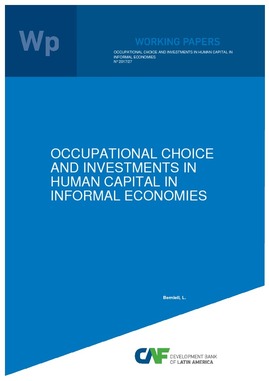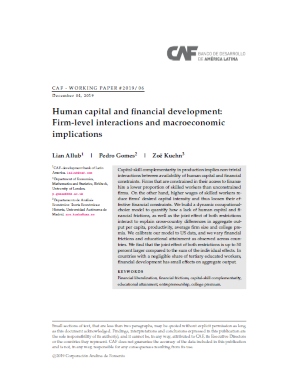| dc.description.tableofcontents | Countries di er greatly in their levels of schooling and also in their rates of entrepreneurship. At the same time, the share of the so-called \shadow economy" -informal economic activities- is very large in some countries and very small in others. This paper explores some key channels that connect these three phenomena. In particular, it focuses on assessing whether the extent to which rms can hide from tax authorities -i.e., operate in the informal economy- may a ect the incentives of individuals to invest in human capital and also distort their occupational choices.
The cross country data shows that the levels of educational attainment, rates of entrepreneurship and the level of informality are connected. First, across countries there is a positive association between rates of entrepreneurship and the sizes of the informal sector. Second, the di erence in the skill premium received by entrepreneurs and workers is negligible for economies with low levels of informality, while it becomes positive and increasing for more informal economies. Third, in more informal economies the fraction of high-skilled individuals that choose to become entrepreneurs is larger. Moreover, the share of the labor force that is skilled and the size of the informal economy are related in a non-linear way: for low levels of informality the share of skilled individuals rst decreases but then it rapidly stabilizes for countries with su ciently large informal sectors. | es_ES |





